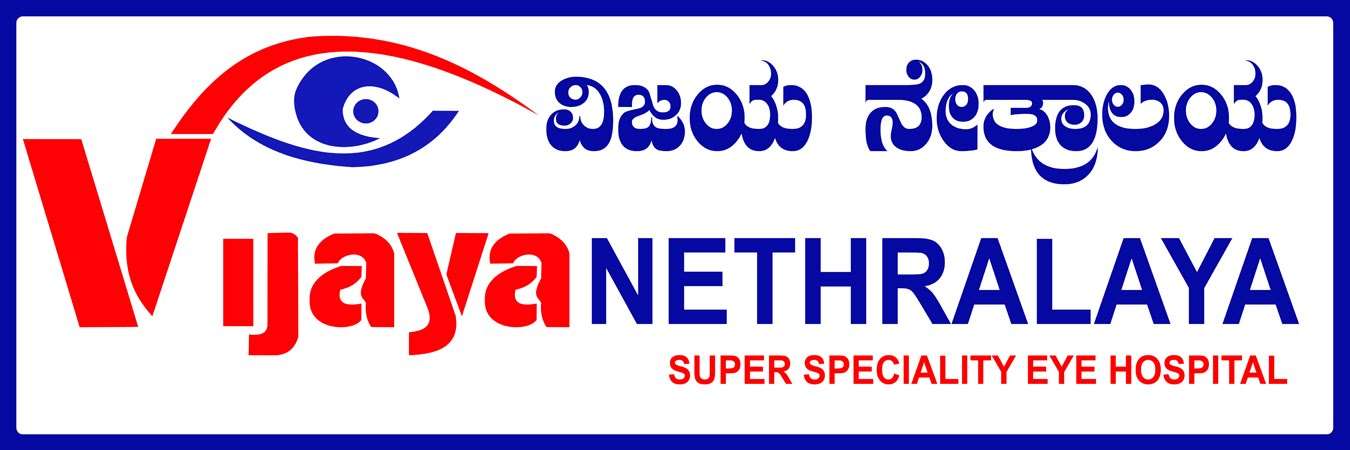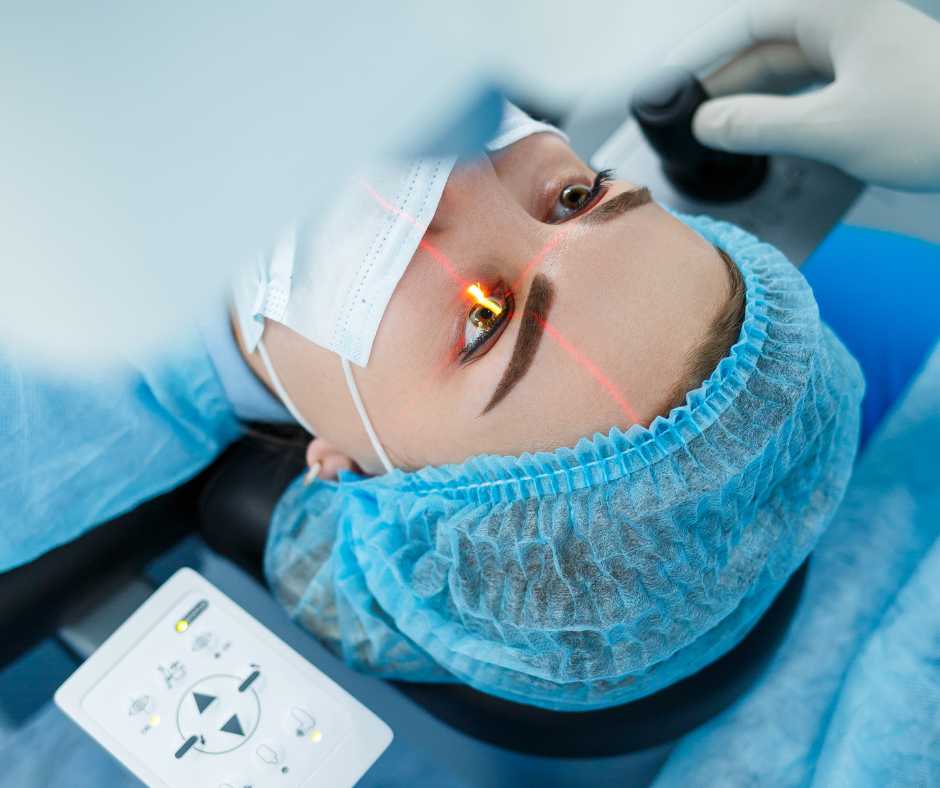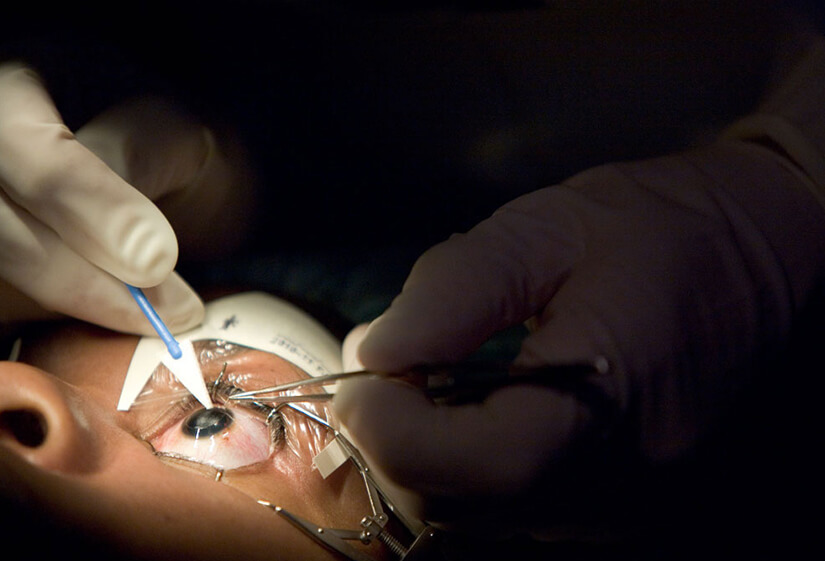Introduction
In a world increasingly reliant on visual input—from smartphones and screens to driving and outdoor activities—clear vision is no longer a luxury but a necessity. Myopia (nearsightedness), a condition where distant objects appear blurry, affects nearly 30% of the global population. For those seeking freedom from glasses or contact lenses, LASIK eye surgery presents an advanced, effective, and life-changing solution.
In this comprehensive guide, we’ll cover everything you need to know about LASIK for myopia—what it is, how it works, the benefits, risks, recovery process, cost, and more. Whether you’re researching for yourself or a loved one, this article will help you make an informed decision.
What Is Myopia?
Understanding the Condition
Myopia, commonly known as nearsightedness, is a refractive error where the eye focuses images in front of the retina rather than directly on it. This causes distant objects to appear blurry while close-up objects remain clear.
Causes of Myopia
- Elongation of the eyeball
- Curved cornea that bends light too sharply
- Genetics—Family history of myopia
- Lifestyle factors—increased screen time, reading without breaks, limited outdoor exposure in childhood
Symptoms of Myopia
- Difficulty seeing distant objects (e.g., blackboard, road signs)
- Eye strain or headaches
- Frequent squinting
- Needing to sit close to screens or TVs
How Does LASIK Work?
The Science Behind the Laser
LASIK, short for Laser-Assisted In Situ Keratomileusis, involves reshaping the cornea (the clear front surface of the eye) using an excimer laser. By altering the corneal curvature, the laser helps light focus directly on the retina, thereby correcting the refractive error.
Step-by-Step Procedure
- Pre-operative Prep: The surgeon numbs your eyes with drops and ensures you’re comfortable.
- Corneal Flap Creation: A femtosecond laser or microkeratome creates a thin flap in the cornea.
- Reshaping the Cornea: The excimer laser removes microscopic amounts of tissue to flatten the cornea (for myopia).
- Flap Replacement: The flap is gently repositioned and heals on its own without the need for stitches.
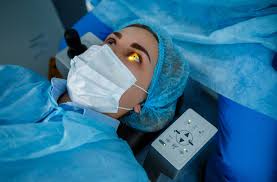
Types of LASIK Techniques
Modern LASIK techniques offer better precision, comfort, and customization.
1. Standard LASIK
A traditional technique, effective for moderate myopia and known for reliable results.
2. Femto LASIK (Blade-Free)
A femtosecond laser is used to create the flap, improving both safety and precision.
3. Contoura Vision LASIK
Also called topography-guided LASIK, it maps 22,000 unique points on the cornea for ultra-personalized correction.
4. SMILE (Small Incision Lenticule Extraction)
Minimally invasive, flapless procedure ideal for patients with dry eyes or thin corneas.
Who Is an Ideal Candidate for LASIK?
Not everyone is eligible for LASIK. Here’s how to know if you qualify:
- Age 18 or above (eyes should have stopped growing)
- Stable prescription for at least 12 months
- Myopia up to -8.00D (varies with technology)
- No active eye infections or diseases
- Adequate corneal thickness
- Good general health (diabetes and autoimmune diseases may affect healing)
Benefits of LASIK Eye Surgery for Myopia
1. Rapid Results
Most patients experience 80-90% of their improved vision within the first 24 hours.
2. Minimally Invasive
The procedure is quick and nearly painless, taking just around 15 minutes for both eyes.
3. No Dependence on Glasses or Contacts
Patients enjoy freedom from corrective lenses, which is especially beneficial for athletes, professionals, and travelers.
4. Long-Term Stability
Outcomes are typically permanent, especially with stable prescriptions.
5. Improved Confidence and Lifestyle
Clear vision boosts self-esteem and allows for a more active lifestyle.

What Are the Risks of LASIK?
While LASIK is safe, like any surgery, it carries some risks:
- Dry Eyes—Temporary, treatable with lubricating drops
- Halos and Glare—Usually resolves over time
- Under- or Overcorrection—May need enhancement
- Flap Complications—Rare with modern laser techniques
- Regression—Vision may shift slightly over time
Most side effects are mild and manageable with post-op care and regular follow-ups.
What to Expect Before LASIK Surgery
Pre-Operative Evaluation
- Vision assessment and eye mapping
- Corneal thickness measurement
- Screening for dry eye, keratoconus, or other contraindications
Important Pre-Surgery Instructions
- Discontinue using contact lenses—1 week for soft lenses, 3–4 weeks for hard lenses.
- Arrange for someone to drive you home
- Refrain from using eye makeup or perfumes on the day of your surgery.
What Happens During LASIK?
- You’ll lie down comfortably under the laser machine
- Numbing eye drops are applied
- A lid speculum keeps your eyes open
- You might experience mild pressure for a few brief seconds.
- The laser is guided by computer for precise correction
- The entire process is over in about 15 minutes
Post-LASIK Recovery and Aftercare
First 24 Hours
- Mild discomfort, itching, or tearing
- Blurry vision that improves within hours
- Rest with eyes closed as much as possible
1st Week
- Avoid rubbing eyes
- Use prescribed antibiotic and lubricating drops
- No swimming, eye makeup, or strenuous activity
First Month
- Vision stabilizes significantly
- Dryness may persist—use artificial tears as needed
- Attend scheduled follow-up visits
Long-Term Results and Expectations
- More than 95% of patients reach 20/25 vision or better after the procedure.
- You may still need reading glasses after 40 due to presbyopia
- Enhancements can be done if needed after 6–12 months
LASIK vs Other Vision Correction Options
| Feature | LASIK | PRK (Photorefractive Keratectomy) | EVO Visian ICL (Implantable Lens) |
|---|---|---|---|
| Flap creation | Yes | No | No flap |
| Pain after surgery | Minimal | Moderate | Minimal |
| Recovery time | Fast (1–2 days) | Longer (1–2 weeks) | Quick (1–2 days) |
| Good for thin corneas | No | Yes | Yes |
| Reversibility | No | No | Yes (can be removed |
LASIK Cost in India
Average Cost Breakdown (per eye):
- Standard LASIK – ₹25,000–₹35,000
- Femto LASIK – ₹40,000–₹55,000
- Contoura Vision—₹60,000–₹80,000
- SMILE – ₹75,000–₹100,000
Factors affecting cost:
- Technology used
- Surgeon’s experience
- Location of the clinic
- Post-operative care packages
Note: LASIK is considered an elective surgery, so it’s generally not covered by insurance.
Myths and Facts About LASIK
| Myth | Fact |
|---|---|
| LASIK is painful | It’s virtually painless due to numbing drops |
| LASIK results fade over time | Results are permanent for most patients |
| It’s not safe | LASIK has a high safety profile with millions of successful procedures |
| You can’t have LASIK after 40 | Age isn’t a barrier; candidacy depends on eye health |
| LASIK is only for high myopia | It can treat mild to moderate myopia, and sometimes even higher powers with newer techniques |
Real-Life Testimonials
“After LASIK, I felt like a new person. Waking up and seeing clearly without fumbling for glasses is priceless!” – Ravi, 29, Bangalore
“As a swimmer, LASIK changed my life. No more foggy goggles or contact lens worries!” – Meena, 35, Chennai
Conclusion
LASIK eye surgery for myopia is a transformative solution that combines cutting-edge technology with proven safety. With high success rates, rapid recovery, and long-term benefits, LASIK continues to be the gold standard in vision correction.
Thinking about LASIK? Talk to a certified refractive surgeon first to evaluate your eligibility. With the right guidance and care, clear vision could be just a laser beam away.
Author Details:
Dr. Sushruth Appajigowda holds a prominent position as a cornea, cataract, glaucoma, and LASIK surgeon in Bangalore. He serves as the chief cataract and refractive surgeon at Vijaya Nethralaya Eye Hospital, Nagarbhavi, Bangalore. Renowned as one of the finest LASIK surgeons nationwide, he brings with him over 12+ years of experience across multiple LASIK platforms, including ZEISS, ALCON, SCHWIND, AMO, and Bausch and Lomb. Having successfully conducted over 5000 LASIK procedures, Dr. Sushruth holds the title of a Certified Refractive Surgeon and a Fellow of the All India Collegium of Ophthalmology. Furthermore, he stands as a distinguished speaker at various national and international forums, using his expertise to guide you in selecting the most suitable procedure based on your health requirements.
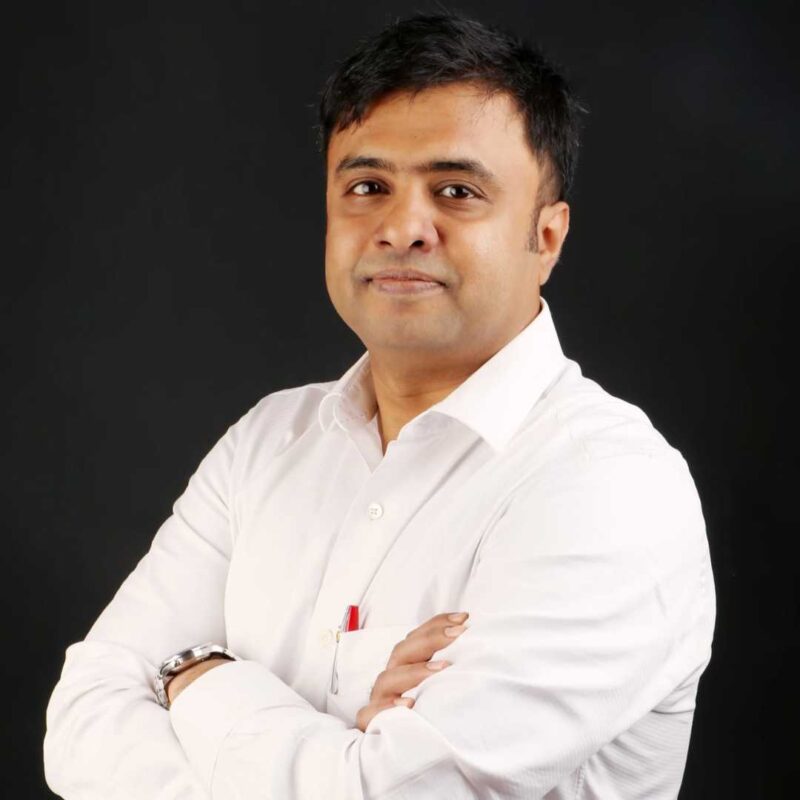
http://vijayanethralaya.com/link-in-bio/
Frequently Asked Questions:
❓ Is LASIK painful?
No. Numbing drops are used to ensure the procedure is painless. You may feel mild pressure.
❓ Can LASIK correct high myopia?
Yes, up to -10.00D in some cases with advanced technology like Contoura Vision or SMILE.
❓ How soon can I go back to work?
Most people return to work in 1–2 days, depending on job type and recovery.
❓ Is LASIK better than wearing glasses?
Yes, for those who want a glasses-free life. LASIK delivers clear vision and freedom—no daily upkeep required.
❓ Can LASIK be repeated?
An enhancement procedure can be done if your vision regresses or isn’t completely corrected after the initial treatment.
